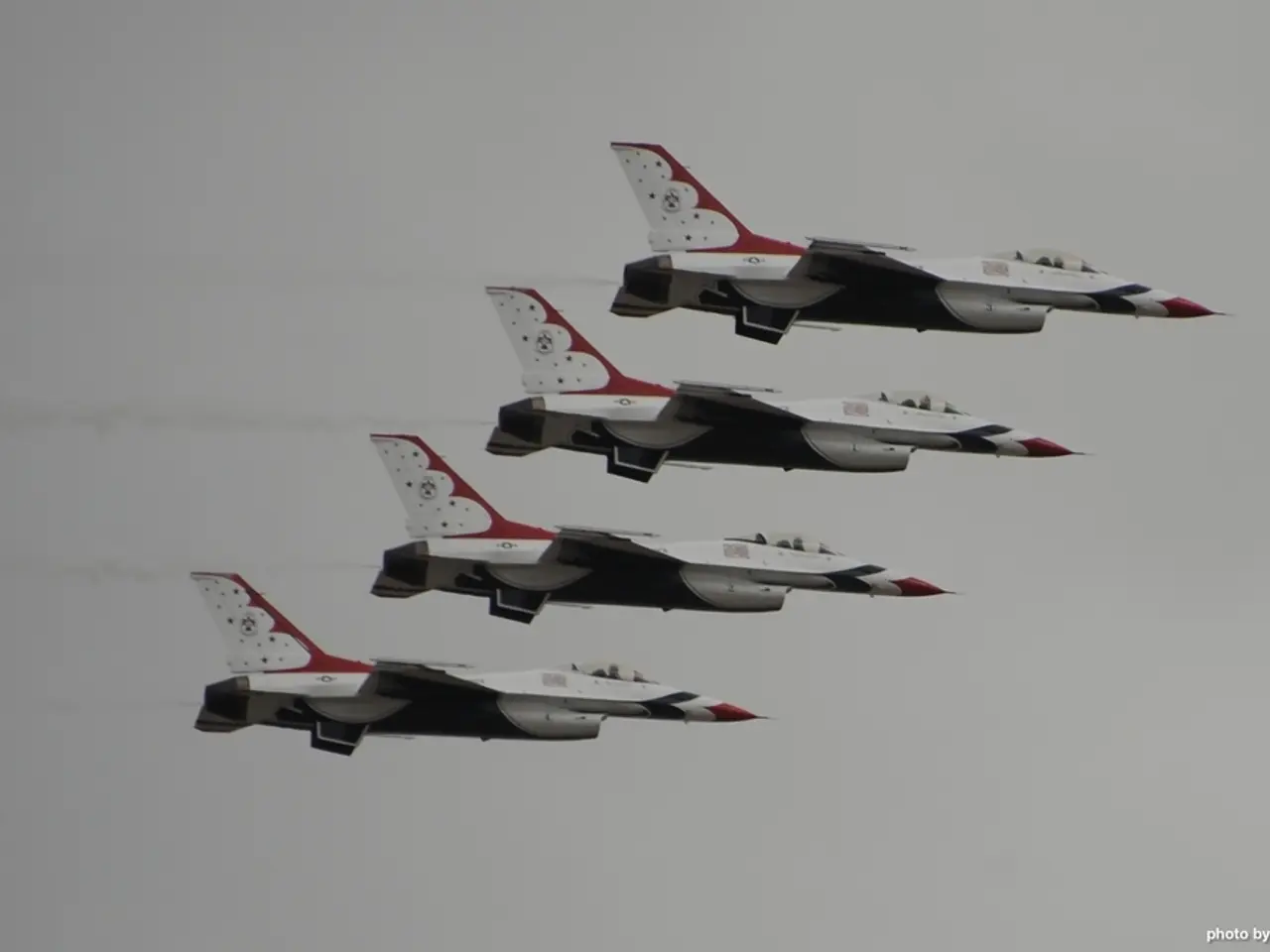Russia and the United States face potential challenges as India prepares to take control of the skies with its fifth-generation fighter jets.
The Indian Air Force (IAF) is preparing for a major step to keep its Air Force at the forefront of aerial combat. After the retirement of the MiG-21 fleet, India may acquire approximately 40 new fifth-generation fighter jets. Two contenders under serious evaluation are the Russian Sukhoi Su-57 and the American F-35 Lightning II.
Advantages and Disadvantages of Each Option
The Sukhoi Su-57 offers several advantages, including its Russian origin which may align with existing defense relationships and supply logistics in India. It is capable of supermaneuverability and equipped with advanced avionics. Additionally, there is potential for local customization and integration, possibly lowering the cost per unit.
However, the Su-57 has fewer operational units and combat experience compared to the F-35, development delays, questions over the full stealth effectiveness versus US counterparts, less advanced sensor fusion and network-centric warfare capability, and potential logistical and technology support challenges due to sanctions on Russia.
The F-35 Lightning II is widely regarded as the most advanced fifth-generation fighter, with superior stealth and proven combat-tested sensor fusion and electronic warfare capabilities. It also offers strong interoperability with US and allied forces, a valuable asset in joint operations. However, it comes with higher acquisition and maintenance costs, potential restrictions on technology transfer and integration with Indian systems due to US export policies, and dependency on US political decisions for spares and upgrades, which could present potential strategic risks.
Context and Strategic Outlook
The urgency for this procurement arises from regional threats, particularly advancements in Chinese and Pakistani air forces, including Pakistan’s likely induction of Chinese J-35A stealth fighters. India's indigenous AMCA program is still years away from operational status, making foreign acquisition essential to maintain a credible deterrence and air dominance.
The decision involves balancing operational readiness, geopolitical alignments, cost, technology transfer, and long-term strategic partnerships. Acquiring these jets is not considered difficult for India.
Both the Sukhoi-57 and the F-35 have faced technical issues and crash incidents during their development and testing phases. Discussions are ongoing within military and strategic circles regarding India's potential acquisition of fifth-generation fighter jets, and a significant decision about the purchase of these jets for the IAF could be made soon.
Some experts believe that India will not rely on a single country for this deal, leaving open the possibility of procuring fighter jets from multiple countries. The choice between the Sukhoi Su-57 and the F-35 Lightning II will play a crucial role in shaping India's aerial combat capabilities for the foreseeable future.
[1] India eyes F-35, Su-57 for fifth-gen fighter fleet
[2] India's quest for a fifth-generation fighter jet
[3] India's fifth-generation fighter jet programme: All you need to know
[4] India's quest for fifth-generation fighter jets
- In the pursuit of maintaining aerial dominance, technology plays a significant role as India considers acquiring the Sukhoi Su-57 or the F-35 Lightning II, both fifth-generation fighter jets, for its Air Force fleet, aligning technology with sports in the competition of air combat.
- Technology advancements in sports, such as the development of the F-35 Lightning II and the Sukhoi Su-57, have crucial implications for India, influencing strategies in aerial combat, reflecting the fusion of sports and technology in India's national security affairs.




